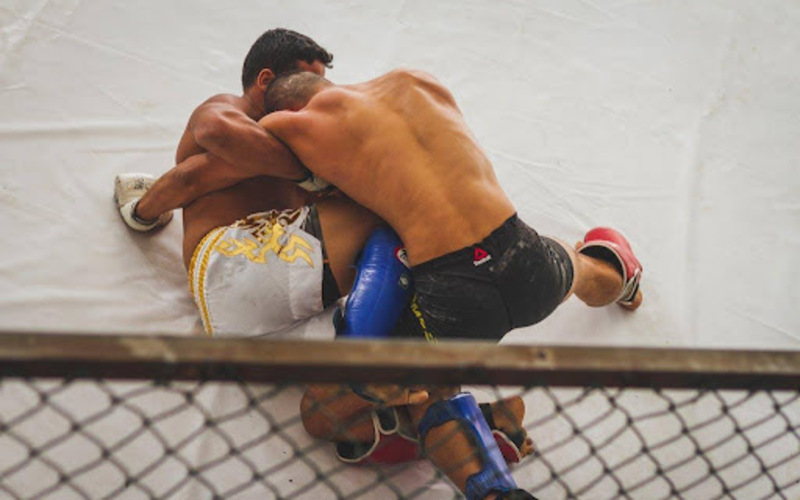Martial arts have come a long way since their ancient origins in Asia. Over time, different styles have emerged and evolved, eventually leading to the creation of modern mixed martial arts (MMA). MMA brings together techniques and philosophies from various disciplines, creating a dynamic combat sport with worldwide appeal.
The Roots of Martial Arts
Martial arts likely first developed out of necessity – for self-defense and military training. Ancient styles like kung fu took shape in China, while karate emerged in Japan. These early martial arts were deeply ingrained in local cultures and philosophies. Practitioners aimed to develop not only fighting skills but also character and ethics. The influence of ancient martial arts remains felt today, even as the practice has transformed.
The Rise of Modern Hybrid Styles
As martial arts spread globally in the 19th and 20th centuries, practitioners began cross-training, combining elements of different styles. This led to hybrid arts like Bruce Lee’s Jeet Kune Do, emphasizing efficient, practical techniques from wing chun, fencing, and boxing. Such blended approaches foreshadowed MMA’s arrival.
The Origins of MMA
MMA coalesced into its current form in the 1990s, adopting its name around 1993. Early promoters like the Gracie family (known for Brazilian jiu-jitsu) organized events pitting fighters of different styles against one another. These vale tudo (“anything goes”) bouts proved immensely popular and competitive. Over time, regulations and weight classes were introduced, culminating in unified rules established in 2001.
MMA Catches Fire
As MMA organizations like the UFC grew in prominence in the 2000s, its fanbase exploded. High-profile stars emerged, like Chuck Liddell, Randy Couture, and FanDuel UFC odds favorite Conor McGregor. MMA gyms popped up offering specialized training to aspire to the well-rounded skillset needed to compete. Big-money sponsors and pay-per-view events followed, cementing MMA’s place as a major modern sport.
MMA’s Global Reach
From its disparate origins in Asia and Brazil, MMA has now achieved worldwide popularity. Regional promotions have thrived across Europe, North America, and beyond. The sport has also circled back to find eager audiences in Asia – the home of traditional martial arts. Events in China and South Korea now draw substantial crowds. MMA has clearly benefited from the widespread exposure traditional martial arts enjoyed globally while also evolving the practice into an integrated, regulated sport.
The Future of MMA
As MMA continues captivating fans, its talent pool is expanding worldwide. Emerging markets like Africa and India offer untapped reservoirs of potential talent. Techniques continue to be refined as athletes specialized in MMA training push boundaries. As the first generations of MMA fighters age out of competition, newcomers will shape the sport’s next iteration. But however MMA evolves, it seems certain to retain influences from the wide range of martial arts that contributed to its origins.
Conclusion
In summary, MMA represents a modern, competitive expression of the martial arts. It retains links to ancient traditions while adapting the practice into an integrated sport with broad appeal. Fueled by rising talent and audiences worldwide, MMA seems poised to drive the continued evolution of martial arts.



